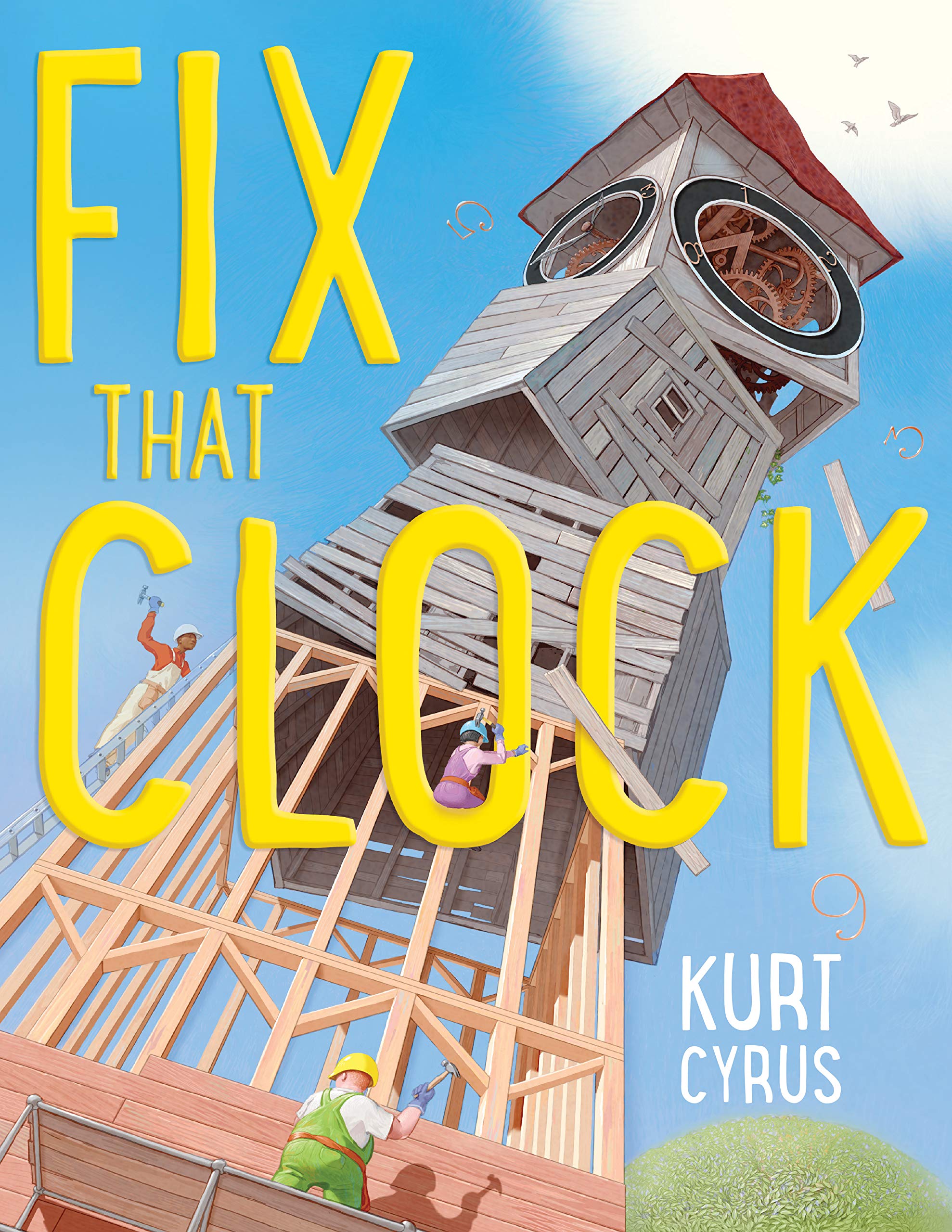Published by Balzer + Bray
Summary: Frank is a monster with a passion for chicken nuggets, especially the ones Celeste sells on her food truck. Since Frank isn’t exactly an ideal customer (scares away other customers, doesn’t pay, terrible table manners), Celeste is desperate for a way to get rid of him. Some library research gives her an idea: the 30-Day Double Nugget Challenge. Each day the number of nuggets offered will doubled, and anyone who can eat them all wins free chicken nuggets for life. Seems easy enough on the first few days but by day 14 (8,192 nuggets), Frank is the only customer left. On day 30, he starts in on the pile of 536,870,912 nuggets and makes it all the way to the final one, and then…. Includes an author’s note and additional information on exponential growth. 40 pages; grades K-3.
Pros: Similar stories have been told for ages (as the author acknowledges in his note), but this is a particularly fun one with humorous monster illustrations that really bring home the concept of exponential growth.
Cons: The interesting endnotes were printed on the back cover, where the taped-down dust jacket obscured approximately one-sixth of them.

















